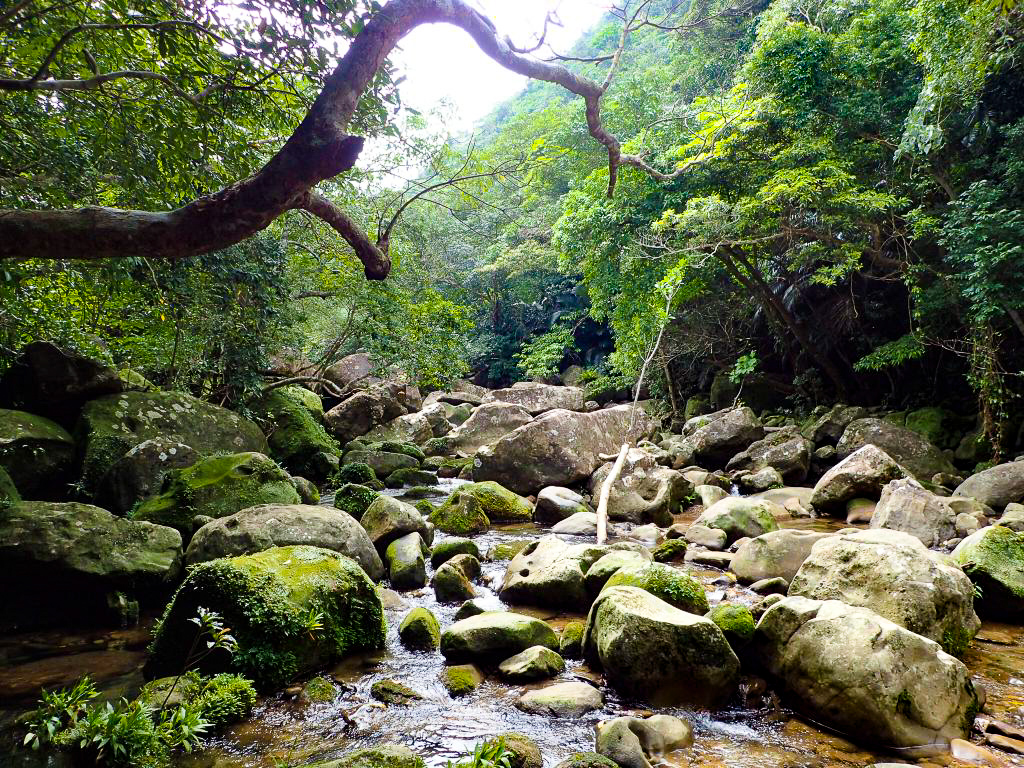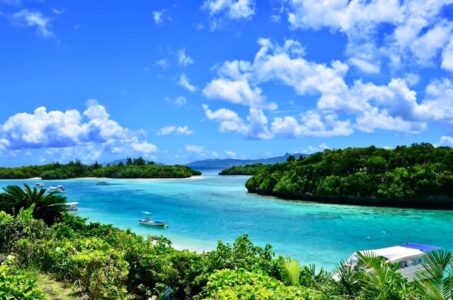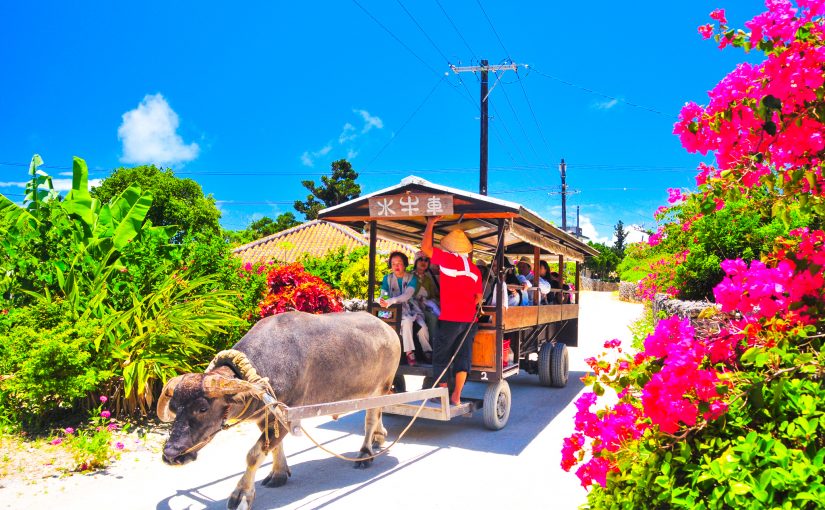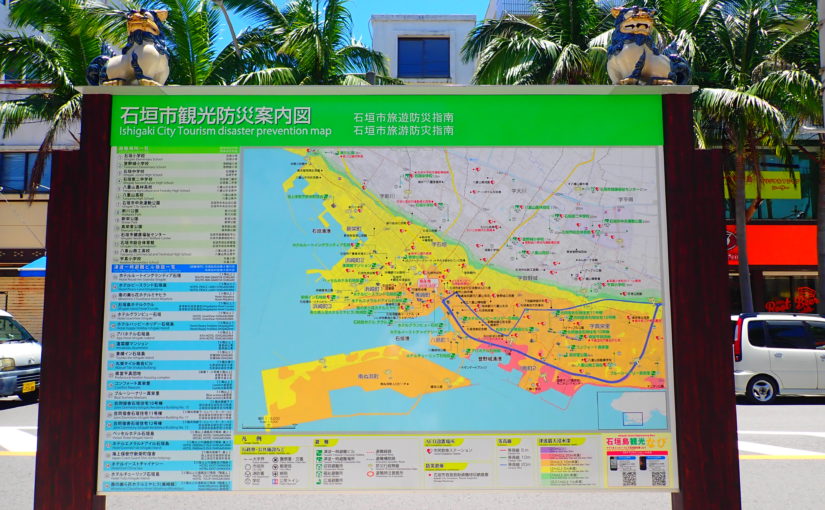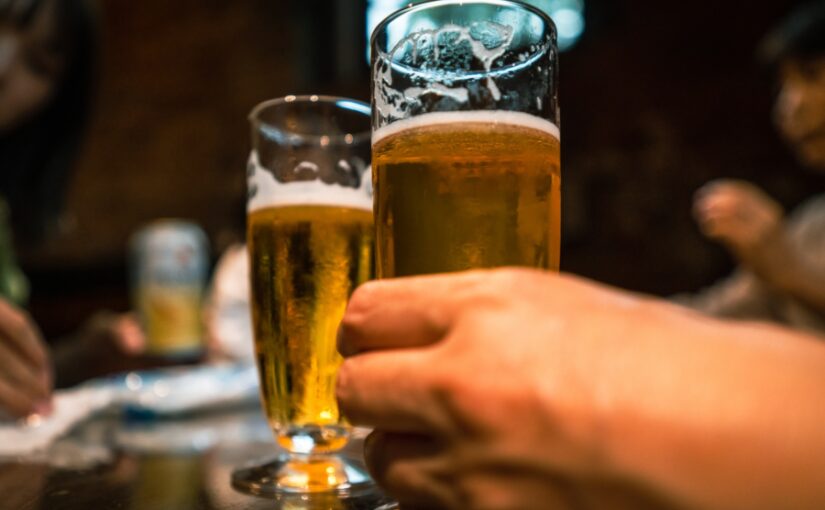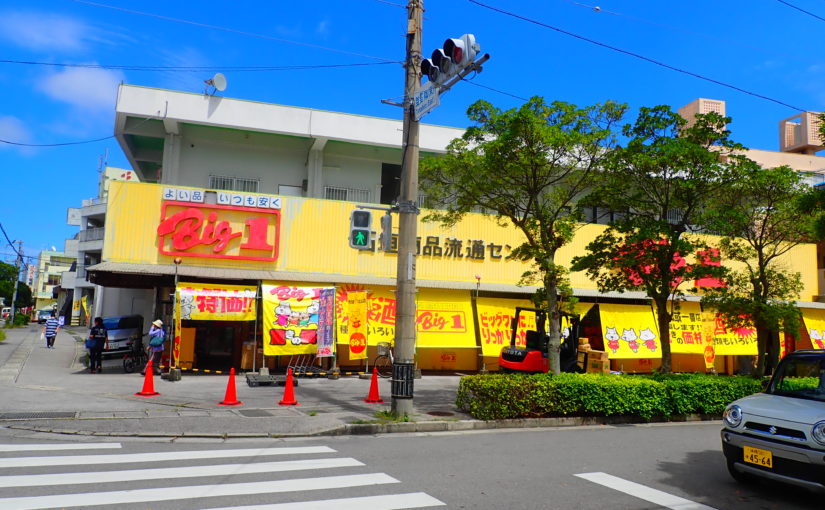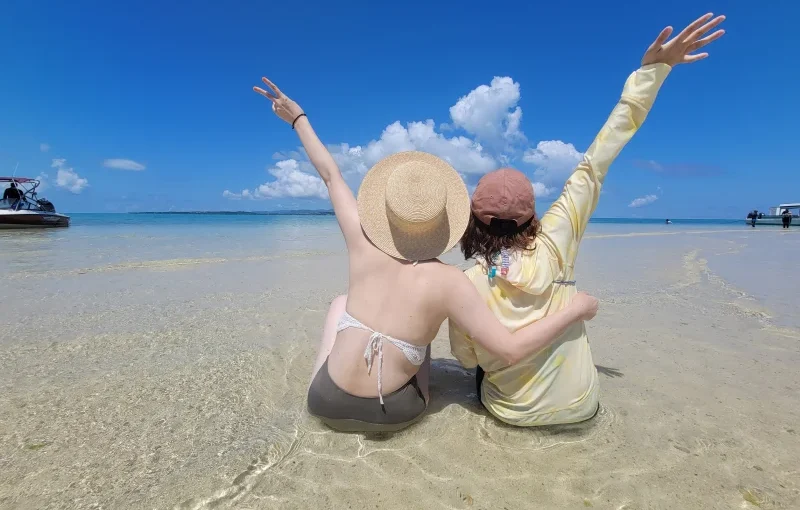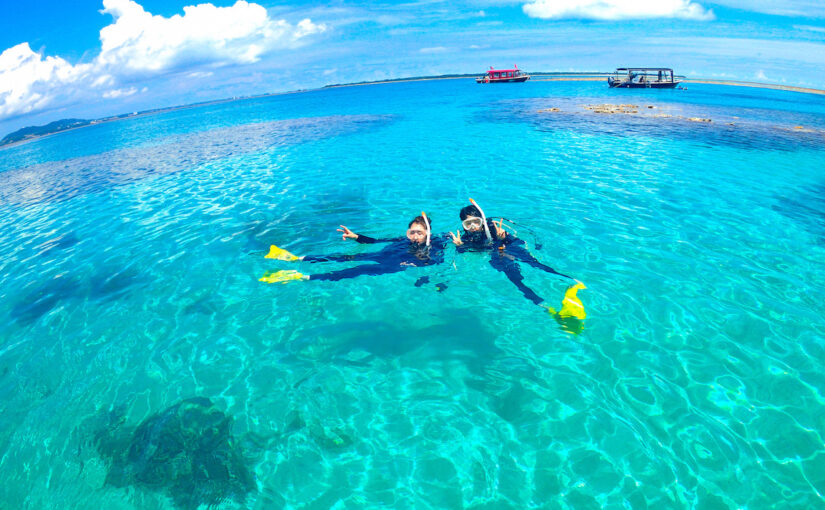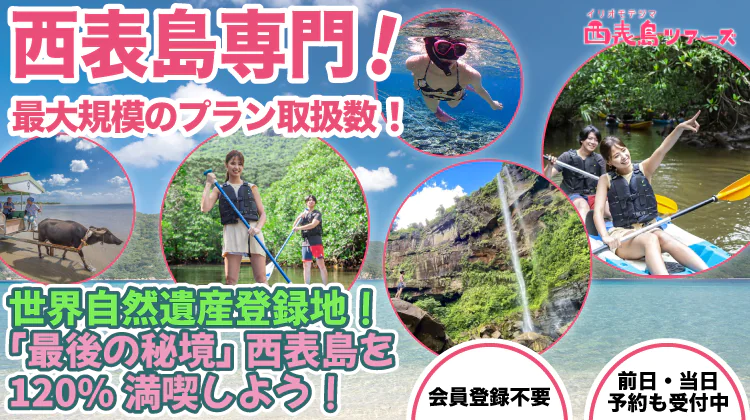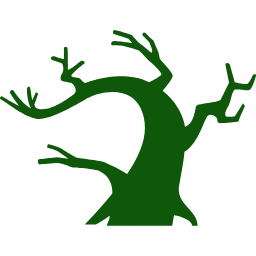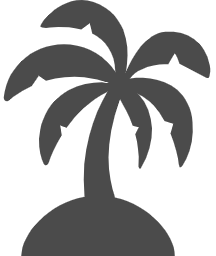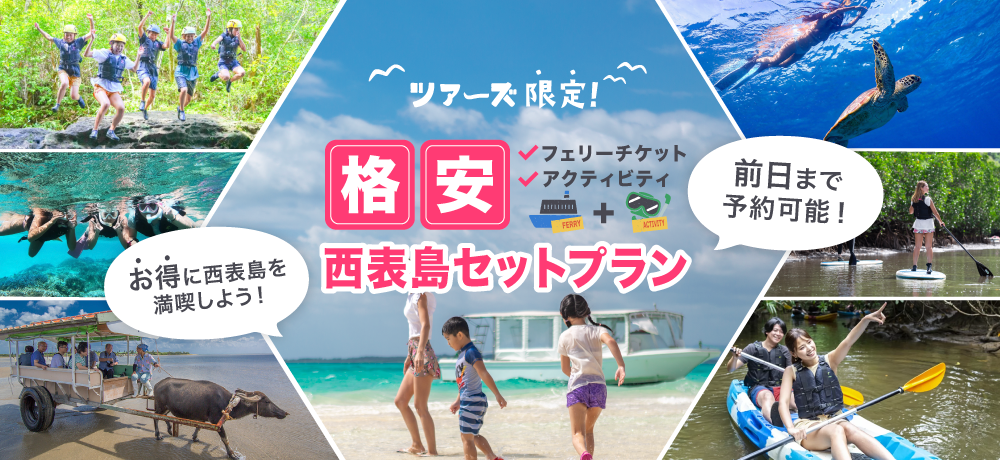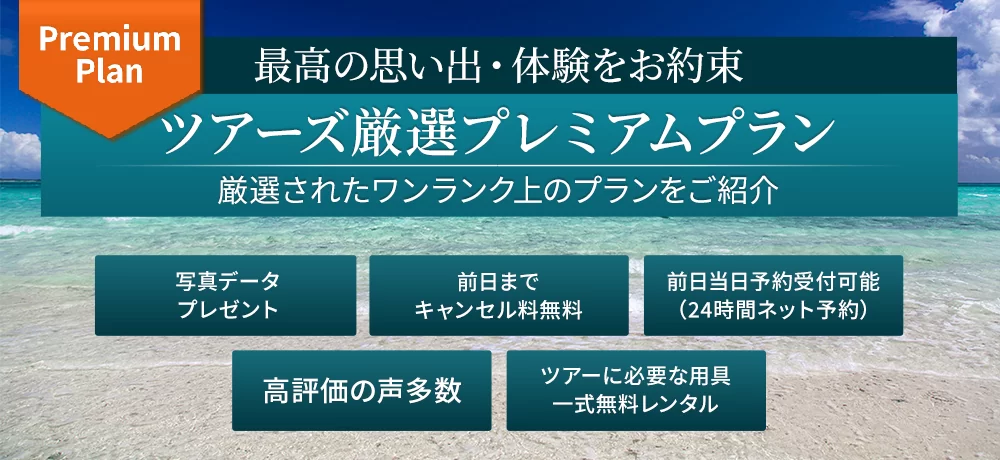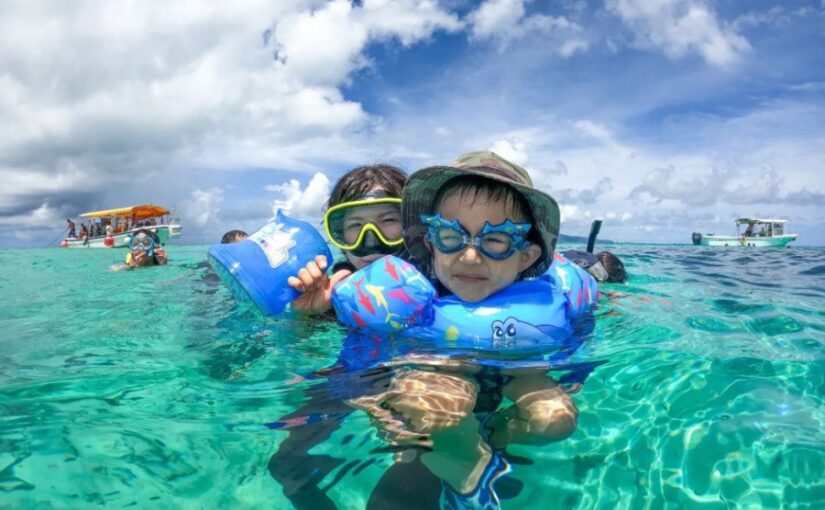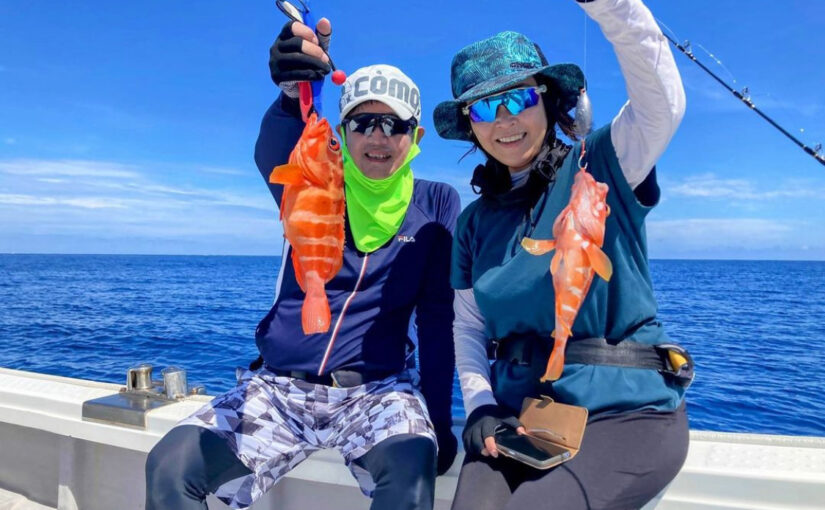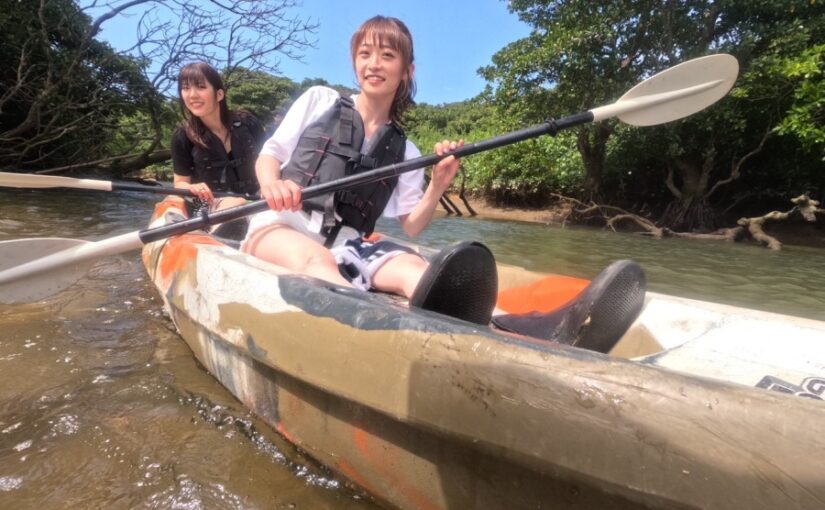20 recommended plants you can encounter in Ishigaki and Iriomote Islands
Table of Contents
- 1 20 recommended plants for Ishigaki and Iriomote Islands
- 2 Hirugi forest in Miyara River
- 3 Yaeyama palm colony in Yonehara
- 4 adan (Rutaceae)
- 5 Mangroves in the Fukiutsu River
- 6 Dayago Flower
- 7 nipa palm
- 8 Arakawa's kanhizakura (cherry tree)
- 9 Litsea coreana (species of tree in the laurel family)
- 10 flower petals fallen on water, resembling a spider flower (esp. Pelecanoides urinatrix)
- 11 Japanese mountain ash (Sorbus japonica)
- 12 bougainvillea
- 13 summary
Check out ⬇︎ for more information!
 Iriomote Island Tour (with ferry ticket) Great Deal★Set Plan with Round-trip Ferry Ticket from Ishigaki Island to Uehara Port in Iriomote Island Ishigaki Island Tours is now offering a very popular plan that includes a round-trip ferry ticket from Ishigaki Island to Uehara Port in Iriomote Island and activities! You can enjoy your trip more cheaply and economically [...]. (12 total) アクティビティの詳細を見る
Iriomote Island Tour (with ferry ticket) Great Deal★Set Plan with Round-trip Ferry Ticket from Ishigaki Island to Uehara Port in Iriomote Island Ishigaki Island Tours is now offering a very popular plan that includes a round-trip ferry ticket from Ishigaki Island to Uehara Port in Iriomote Island and activities! You can enjoy your trip more cheaply and economically [...]. (12 total) アクティビティの詳細を見る
20 recommended plants for Ishigaki and Iriomote Islands
The Yaeyama Islands belong to the subtropical zone.
On Ishigaki and Iriomote Islands, you can see various subtropical plants that you have never seen in the city center.
Both color and size are non-standard and can only be found here.
In this issue, we introduce some of the recommended plants for your trip to Ishigaki Island!
It is also recommended to join a tour and observe plants while listening to the information introduced by the guide during the tour.
Enjoy a comfortable trip with a rental car!
We'll also make reservations in advance for car rentals, which fill up quickly!
↓Click here for more information.
 Ishigaki Island Car Rental Ishigaki Island Tours offers easy comparison and reservation of rental car plans for Ishigaki Island! It takes about 3 hours to go around Ishigaki Island by car. If you want to visit all the sightseeing spots efficiently, you need to rent a car! There are plans that include free pick-up from Shin-Ishigaki Airport, car navigation system, no need to return a full tank of gas, and even child seats. We also introduce other means of transportation other than rental cars! (29 total) アクティビティの詳細を見る
Ishigaki Island Car Rental Ishigaki Island Tours offers easy comparison and reservation of rental car plans for Ishigaki Island! It takes about 3 hours to go around Ishigaki Island by car. If you want to visit all the sightseeing spots efficiently, you need to rent a car! There are plans that include free pick-up from Shin-Ishigaki Airport, car navigation system, no need to return a full tank of gas, and even child seats. We also introduce other means of transportation other than rental cars! (29 total) アクティビティの詳細を見る Click here to book a ferry to Iriomote Island.
Hirugi forest in Miyara River
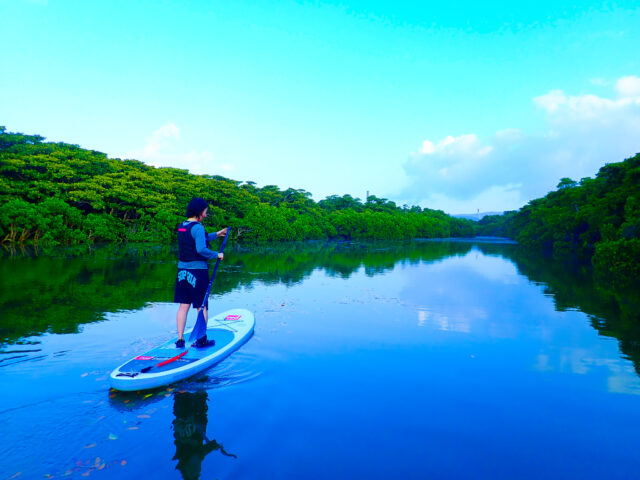
Miyara River is the longest mangrove river in Ishigaki Island with a total length of about 12 km.
To begin with, mangrove is not the name of a tree, but a general term for trees that grow naturally in brackish waters where fresh water and sea water mix.
That is why it is not the name of the tree. It also grows wild in the Miyara River for 1.5 km from the mouth of the river.
The hirugi forests of the Miyara River are designated as a national natural treasure, and tours such as kayaking and SUP are popular here.
The tour also allows visitors to see caves that can only be reached by kayak or SUP.
For more information, click here↓.
Hirugi forest in Miyara River
Click here for related activities
 Ishigaki Island Canoe (Kayak) Tour If you want to have a relaxing and extraordinary experience at various kayaking spots, such as Kabira Bay, the beautiful ocean, and rivers thick with mangroves, a canoe tour is the best choice♪. (39 in total) アクティビティの詳細を見る
Ishigaki Island Canoe (Kayak) Tour If you want to have a relaxing and extraordinary experience at various kayaking spots, such as Kabira Bay, the beautiful ocean, and rivers thick with mangroves, a canoe tour is the best choice♪. (39 in total) アクティビティの詳細を見る 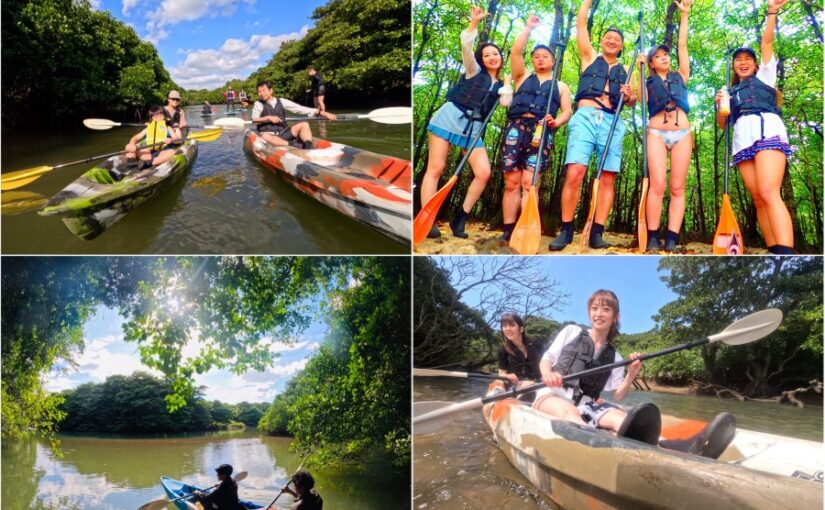 Ishigaki Island/Half-day] Same-day reservation OK! Ishigaki Island's longest mangrove canoe tour with free photo and pick-up service at Miyara River, a national natural treasure (No.328)開始時間6:00 / 9:00 / 13:30 / 17:00所要時間Approx. 2.5 hours14,500 yen →7,900yen
Ishigaki Island/Half-day] Same-day reservation OK! Ishigaki Island's longest mangrove canoe tour with free photo and pick-up service at Miyara River, a national natural treasure (No.328)開始時間6:00 / 9:00 / 13:30 / 17:00所要時間Approx. 2.5 hours14,500 yen →7,900yen Ishigaki Island/2.5 hours] Same-day reservations OK! Ishigaki Island's longest mangrove SUP tour in the "Miyara River", a national natural treasure ★ <Free photo & pick-up and drop-off included> (No.329)開始時間6:00 / 9:00 / 13:30 / 17:00所要時間Approx. 2.5 hours14,500 yen →7,900yen
Ishigaki Island/2.5 hours] Same-day reservations OK! Ishigaki Island's longest mangrove SUP tour in the "Miyara River", a national natural treasure ★ <Free photo & pick-up and drop-off included> (No.329)開始時間6:00 / 9:00 / 13:30 / 17:00所要時間Approx. 2.5 hours14,500 yen →7,900yen
Yaeyama palm colony in Yonehara

Yaeyama palm trees are native only to Ishigaki and Iriomote Islands, and the Yaeyama palm colony in Yonehara can be seen from a little further away as a magnificent array of palm trees 20 to 25 meters high.
It is designated as a national natural monument and is one of the most beautiful Yaeyama palms in the world.
There is a boardwalk, and a slow walk around the park takes about 10 minutes.
There is also a place near the entrance where you can drink sugar cane juice, so you can stop by and take a break after Kabira Bay or the Blue Cave to observe the plants.
For more information, click here↓.
Yaeyama palm colony in Yonehara
adan (Rutaceae)
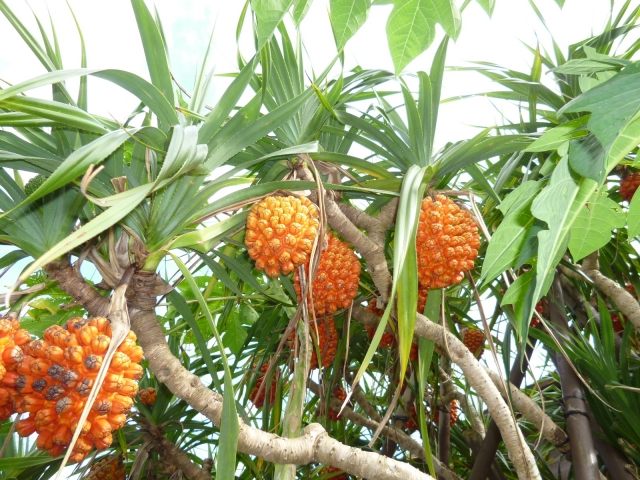
It is said that where there are adan nuts, there are coconut crabs, so much so that coconut crabs, an endangered species, love them.
The plant is shaped like a pineapple and is basically inedible, although it is eaten in some areas.
If you find this plant on a jungle night tour or other tour, there is a good chance that coconut crabs are living nearby.
For more information on the Jungle Night Tour, click here↓.
 Ishigaki Island Stargazing & Night Safari Tour You will experience beautiful starry skies and subtropical flora and fauna that you will never experience anywhere else. A night tour is the best way to end the day! (15 in total) アクティビティの詳細を見る
Ishigaki Island Stargazing & Night Safari Tour You will experience beautiful starry skies and subtropical flora and fauna that you will never experience anywhere else. A night tour is the best way to end the day! (15 in total) アクティビティの詳細を見る
Mangroves in the Fukiutsu River
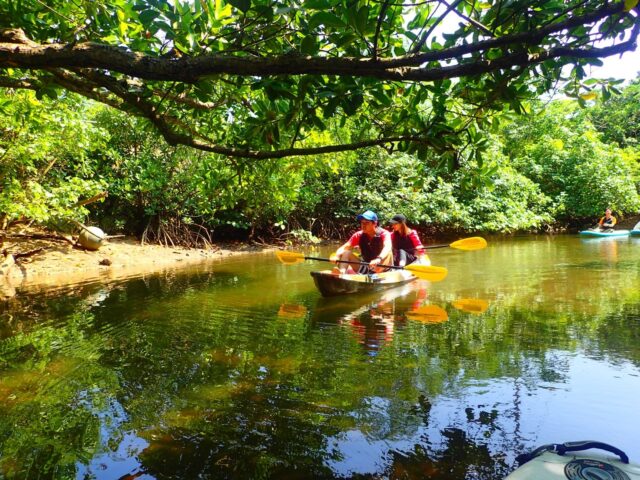
There is a large parking lot near the mouth of the river and anyone is welcome to come and see it.
Various mangroves such as Yaeyama Hirugi, Mehirugi, and Ohirugi are natural treasures of Ishigaki City.
Popular are canoeing, SUP & trekking while viewing the mangroves of the Fukidori River! The course to see the waterfall is like a jungle cruise and very enjoyable.
Along the way, you will encounter a variety of plants and creatures.
For more information, click here↓.
Hirugi forest on the Fuki-dori River
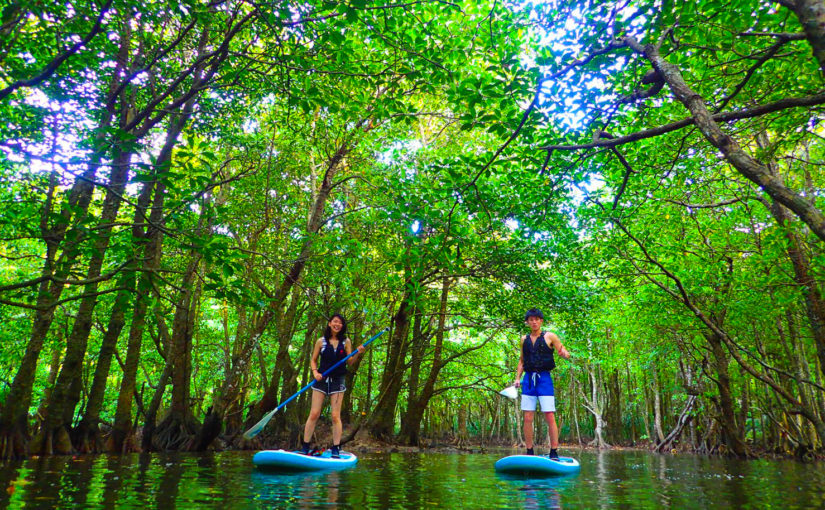 Okinawa, Ishigaki Island] [Yabiku Waterfall] Aim for the "Waterfall of Marriage"! Mangrove SUP & Shower Trekking Tour (No.307)開始時間8:00-11:00 / 13:00-16:00所要時間Approx. 3 hours8,900 yen
Okinawa, Ishigaki Island] [Yabiku Waterfall] Aim for the "Waterfall of Marriage"! Mangrove SUP & Shower Trekking Tour (No.307)開始時間8:00-11:00 / 13:00-16:00所要時間Approx. 3 hours8,900 yen Okinawa, Ishigaki Island] [Yabiku Waterfall] Aim for the "Waterfall of Marriage"! Mangrove Canoe & Shower Trekking Tour (No.308)開始時間8:00-11:00 / 13:00-16:00所要時間Approx. 3 hours8,900 yen
Okinawa, Ishigaki Island] [Yabiku Waterfall] Aim for the "Waterfall of Marriage"! Mangrove Canoe & Shower Trekking Tour (No.308)開始時間8:00-11:00 / 13:00-16:00所要時間Approx. 3 hours8,900 yen
Dayago Flower
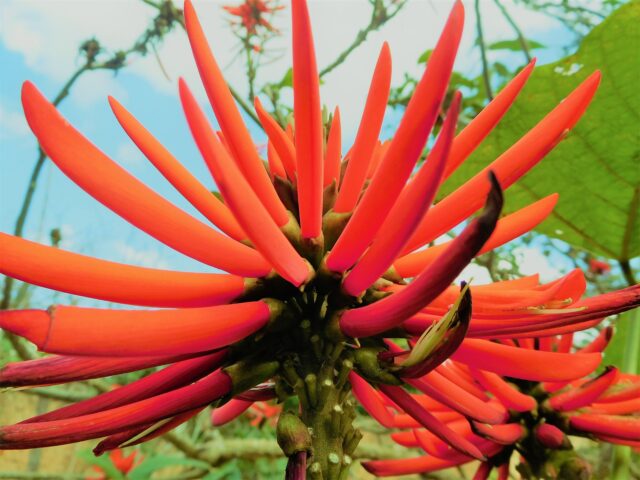
The red flower is famous as "Okinawa's prefectural flower.
The bright red color creates a tropical atmosphere at once.
Flowers bloom from March to May.
You can find them blooming everywhere, such as in private homes and parks, so please take pictures when you find them.
These flowers remind us of spring in Okinawa.
nipa palm
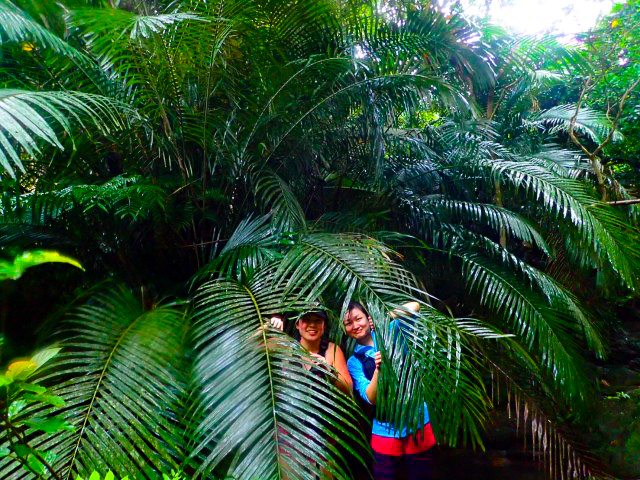
A plant full of tropical sentiment. It is an image that grows everywhere on Ishigaki Island (laughs).
This plant is native to mangrove swamps and has an Okinawan feel.
There are places where you can see more nipa palms on Iriomote Island.
Click here for related activities
Iriomotejima Jungle Trekking
Arakawa's kanhizakura (cherry tree)
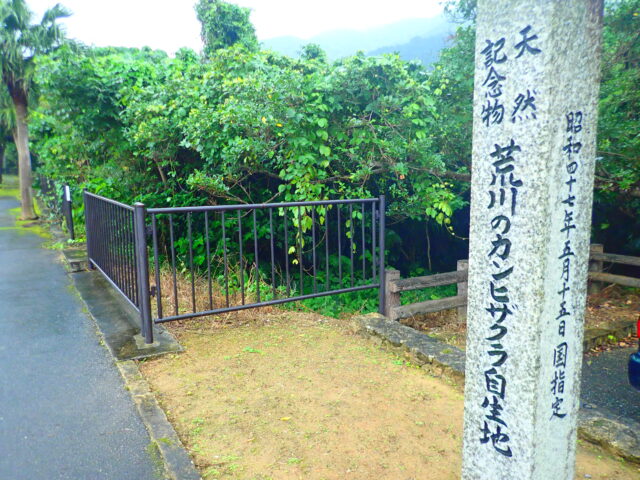
Cherry blossoms bloom from around January.
It is also famous as the earliest blooming cherry tree in Japan and is designated as a national natural monument.
They are brightly colored, such as red, crimson, and pink.
It is also close to Kabira Bay, so it is recommended to go there after seeing Kabira Bay.
The waterfall is located right next to the road, and the waterfall can be seen from the road.
For more information, click here↓.
Arakawa Falls
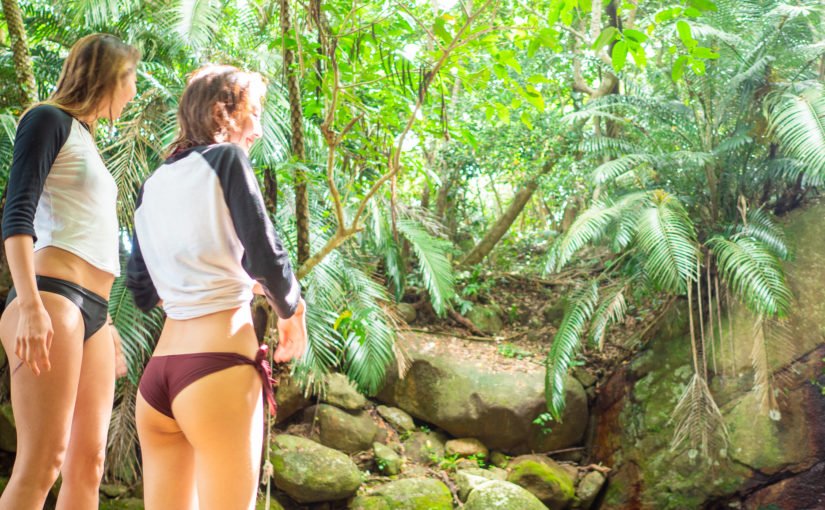 【Ishigaki Island, Okinawa】【Arakawa Falls】To the most famous mountain stream in Ishigaki Island! Arakawa's 2-level shower climbing tour across the canyon (No.327)開始時間10:00-12:00 / 14:00-16:00 / 17:00-19:00所要時間Approx. 2 hours8,900 yen
【Ishigaki Island, Okinawa】【Arakawa Falls】To the most famous mountain stream in Ishigaki Island! Arakawa's 2-level shower climbing tour across the canyon (No.327)開始時間10:00-12:00 / 14:00-16:00 / 17:00-19:00所要時間Approx. 2 hours8,900 yen
Litsea coreana (species of tree in the laurel family)

The tree is famous for its red sap from its board-like roots.
You can occasionally see them as you explore the mangrove jungle.
In addition, there is a saxifrage tree in Nakama River in Iriomote Island that is said to be over 400 years old and has been selected as one of the "100 Giants of the Forest".
It can also be seen on a sightseeing boat tour or when going to Pinaisara Falls.
For more information, click here↓.
pale chub (Zacco platypus)
Click here for related activities
Iriomotejima Canoe Tour
flower petals fallen on water, resembling a spider flower (esp. Pelecanoides urinatrix)
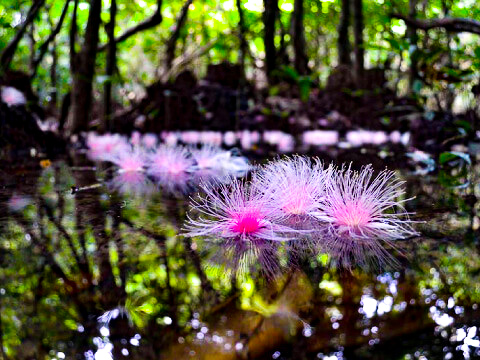
Sagaribana," an overnight flower that blooms from May to the end of July.
Preferring mangrove swamps, it attracts people with its sweet vanilla-like scent.
On Ishigaki Island, the largest colony of sagaribana in Japan can be seen in the northern part of the island, and on Iriomote Island, you can cruise by canoe in the early morning when the petals have fallen to the water.
We have many repeat customers, so please take a look if you come to Ishigaki Island during this season.
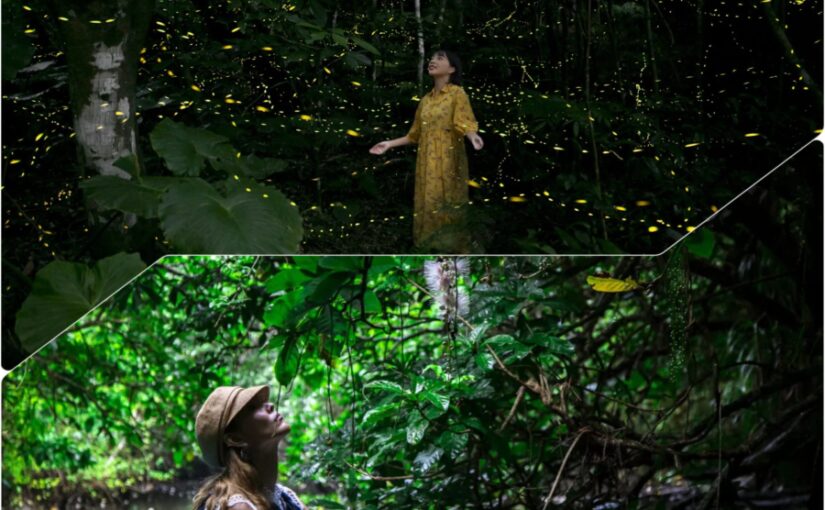 Seasonal Tour】Ishigaki Island Sagaribana & Firefly Appreciation Tour Sagaribana & Firefly Appreciation Tour There is a special tour held only during a certain period of the year in Ishigaki Island. That is the "Yaeyama Firefly Appreciation" where thousands of fireflies shine all at once, and the one-night-only flower "Sagaribana [...]". (6 in total) アクティビティの詳細を見る
Seasonal Tour】Ishigaki Island Sagaribana & Firefly Appreciation Tour Sagaribana & Firefly Appreciation Tour There is a special tour held only during a certain period of the year in Ishigaki Island. That is the "Yaeyama Firefly Appreciation" where thousands of fireflies shine all at once, and the one-night-only flower "Sagaribana [...]". (6 in total) アクティビティの詳細を見る
Japanese mountain ash (Sorbus japonica)
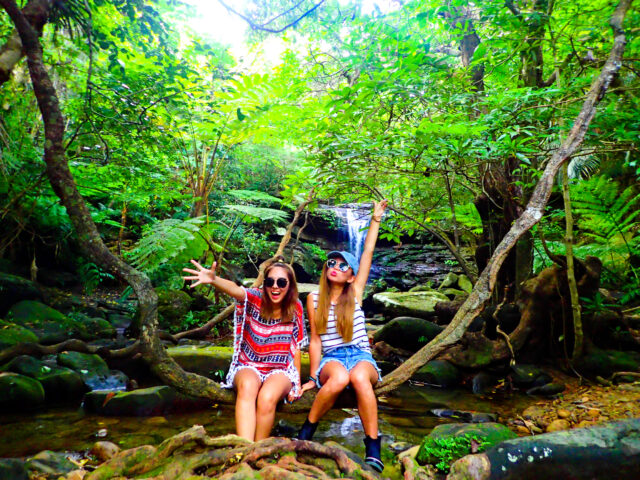
Giant modama, said to be the model for the fairy tale "Jack and the Beanstalk," can be seen on Ishigaki and Iriomote Islands.
The ivy of the modama tree is also very strong, and there is even a swing made of modama ivy on Iriomote Island that is said to be strong enough to support 10 people.
Ivy this large is probably quite rare in Japan.
It is also a popular photo spot.
bougainvillea
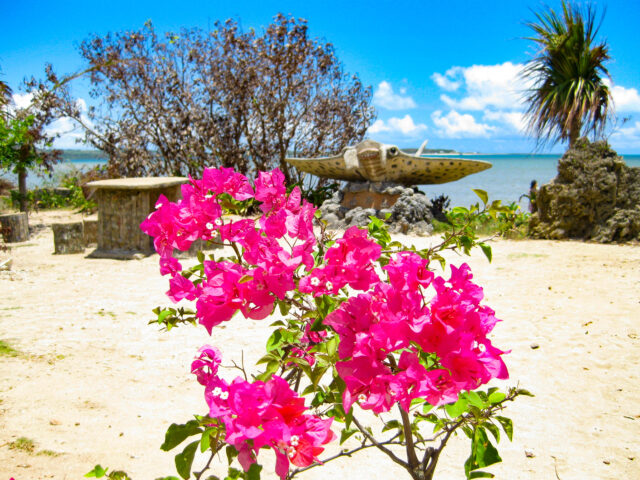
The flowers are brightly colored with primary colors typical of subtropical plants.
On Yubu Island, about 30 types of bougainvillea bloom throughout the year.
Flower and plant lovers will not be able to resist seeing flowers in a variety of colors, not only red, but also purple, orange, and yellow.
There are many other attractions on Yubu Island, including a butterfly garden.
Click here for related activities
Yubu Island Sightseeing
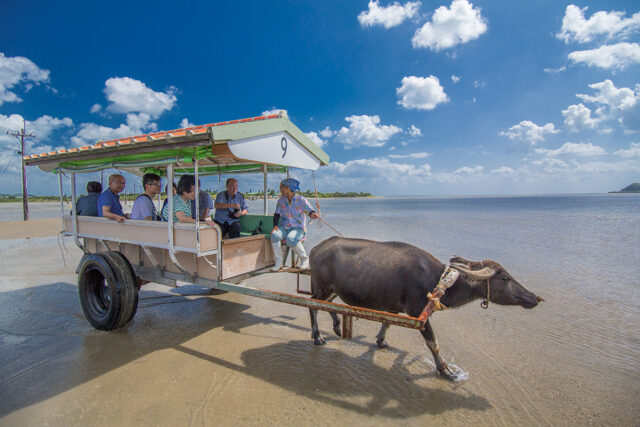 How to get to Yubujima (Yubu Island), how to enjoy it, and recommended places! Charm of remote islands crossed by buffalo cartThe island is 2 km in circumference, 1.5 m above sea level, and surrounded by the sea, but if you dig the ground, you will find fresh water.
How to get to Yubujima (Yubu Island), how to enjoy it, and recommended places! Charm of remote islands crossed by buffalo cartThe island is 2 km in circumference, 1.5 m above sea level, and surrounded by the sea, but if you dig the ground, you will find fresh water.
banyan tree
The banyan is known as an ornamental plant, but it is actually a subtropical plant that is sometimes transplanted near coastlines to serve as windbreaks and breakwaters because of its huge size.
The origin of the cute name "banyan" is not known.
It has thick, glossy, glossy leaves, and some of its young leaves are bright yellow-green with light pigmentation, and are called "golden banyan.
It is also a very familiar plant, used for bonsai as well as houseplants.
The Kuniyoshi family's giant banyan tree is a famous spot for banyan trees on Ishigaki Island.
With a height of 10 meters and a circumference of 3 meters, it is sure to give you power with its gigantic appearance and vitality enough to destroy a nearby stone wall.
It is located near the city center, so feel free to visit.
However, since it is located inside a private residence, it should only be viewed from the outside!
Matsubara's red rockfish (Sebastes matsubarae)
Astragalus is a tall evergreen tree of the mulberry family, also called akogi.
It grows naturally not only in subtropical regions but also in warm climates such as Wakayama, Shikoku, and Kyushu.
It grows near the coast and is used as a tide barrier, windbreak, and hedge.
The oval leaves are alternate, with aerial roots hanging down from the trunk and branches.
Injuring the leaves or stems will produce white latex, but do not damage them unnecessarily from a protective standpoint.
It is very beautiful because it produces small fig-like fruits.
sugarcane (Saccharum officinarum)
Okinawa is a major producer of sugarcane, also known as ouzi, and Ishigaki Island is also home to sugarcane fields.
Uji means sugarcane in the Okinawan dialect.
The ouzi, which often appear in songs by Okinawan singers, had a wonderful background in which they were sung about their hometown.
Sugarcane is the raw material for brown sugar, and more than half of the fields in Okinawa Prefecture are sugarcane fields, an overwhelming production volume.
It is often used for local foods such as soft-serve ice cream and chinsuko, etc. Please try it.
Also, if you visit in December, the sugarcane harvest season, you can enjoy freshly squeezed sugarcane juice at many of the fields, so please check them out and visit.
It is also used for squeezed lees of sugar cane and sugarcane, and is a very environmentally friendly plant.
island banana (var. of banana)
On Ishigaki Island, you can enjoy tropical fruits blessed by the unique subtropical climate.
The tropical fruits that represent Ishigaki Island have a strong image of mangoes and pineapples.
Indeed, these two are the two most popular tropical fruits.
However, mangoes and pineapples are harvested during the sunny summer months of June and July, and cannot be eaten during the rest of the year.
Island bananas are a tropical fruit that is harvested throughout the year, so you can enjoy them any time of the year.
Compared to other bananas, the island banana is characterized by its sticky texture, and its rich flavor is sure to please your taste buds.
They are sometimes sold at unattended sales outlets, so they are readily available for purchase.
They are small, cute bananas that look like monkey bananas.
As mentioned above, it is available all year round, so be sure to try it when you visit Ishigaki Island!
sicklepod (Senna obtusifolia)
The lizard's hego is a member of the hego family of evergreen tree ferns characterized by its standing rhizomes that are about 3 to 10 meters long.
Its large leaves, which can grow to about 3-4 meters, give it the name lizard's hego, derived from the shade-creating hego.
In Japan, it is found from Amami to the south, while overseas it is found in Taiwan, Fujian Province of China, and the Philippines.
The trunk of the lizard's hegemony does not grow thick, but it thickens year by year due to the presence of meristematic tissue around the periphery of the stem.
Nevertheless, many adventitious roots emerge from the surface of the trunk, making the roots denser and thicker.
water yam (Dioscorea alata)
Kwazi taro is a type of taro and looks exactly like a taro.
It has thick storage stalks that creep above the ground, and the tops of the storage stalks have stalks over 1 meter long.
It is a very large and powerful plant.
As the name implies, the kwazi potato is a "non-food potato" and a very dangerous plant to eat.
Because of its visual similarity to taro, some individuals who go taro-picking by mistake have been poisoned by eating the wrong taro.
It is a contact irritant poisoning and can cause nausea, vomiting, diarrhea, paralysis, and dermatitis.
It is a very dangerous plant because it develops soon after it is consumed by the mouth.
You are not likely to go there when visiting as a tourist, but if you are going to collect taros, it is better to go with someone who is familiar with the plants.
papaya
Like the island banana, the papaya is a type of tropical fruit.
Native to Mexico, Costa Rica, and other areas near the West Indies, it bears fruits 10 to 20 cm long.
As they ripen, they change color from green to yellow.
Although very low in calories, this fruit is also considered a perfect color because of its very high nutritional value, including vitamins A and B and vitamins.
The papain enzyme in papaya juice also enhances food digestion and sterilization, and can be used as a folk remedy for weight loss and injuries.
Gilan elm (Ulmus davidiana var. japonica)
Giran goldenrod is a dioecious evergreen tree of the fig genus of the mulberry family.
Belonging to the fig genus, it bears 2 cm fruits on thick branches that look much like figs.
It is one of the plants that are familiar to local people as it is also used as a material.
Okinawa alder (Alnus okinawae)
Okinawa oleander grows in coastal areas and is used for marine windbreaks, tide protection, clogging material, and roadside trees.
It is a medium-tall evergreen forest with thickening branches due to rotational growth.
It is nice to take a break under the shade of a tree.
The white flowers in green are very photogenic, and it is a good idea to take a commemorative photo in front of the oleander.
Nevertheless, the sap is toxic, so be careful not to get it on your body.
summary
Driving or taking a tour while observing plants unique to the subtropical zone is another way to enjoy Ishigaki Island and Iriomote Island.
Why not make seeing the plants one of the pleasures of your trip?
Related columns are here↓.
 Enjoy the great nature! How to enjoy the subtropical jungle of Ishigaki Island?One of the attractions of Ishigaki Island is the dense subtropical jungle. We will introduce the charm of the jungle in Ishigaki Island and how to enjoy it!
Enjoy the great nature! How to enjoy the subtropical jungle of Ishigaki Island?One of the attractions of Ishigaki Island is the dense subtropical jungle. We will introduce the charm of the jungle in Ishigaki Island and how to enjoy it!All the fun of Ishigaki Island is here↓↓↓
Ishigaki Island Tours
Ishigaki Island Sightseeing Spots! 30 recommended sightseeing spots
Enjoy a comfortable trip with a rental car!
We'll also make reservations in advance for car rentals, which fill up quickly!
↓Click here for more information.
 Ishigaki Island Car Rental Ishigaki Island Tours offers easy comparison and reservation of rental car plans for Ishigaki Island! It takes about 3 hours to go around Ishigaki Island by car. If you want to visit all the sightseeing spots efficiently, you need to rent a car! There are plans that include free pick-up from Shin-Ishigaki Airport, car navigation system, no need to return a full tank of gas, and even child seats. We also introduce other means of transportation other than rental cars! (29 total) アクティビティの詳細を見る
Ishigaki Island Car Rental Ishigaki Island Tours offers easy comparison and reservation of rental car plans for Ishigaki Island! It takes about 3 hours to go around Ishigaki Island by car. If you want to visit all the sightseeing spots efficiently, you need to rent a car! There are plans that include free pick-up from Shin-Ishigaki Airport, car navigation system, no need to return a full tank of gas, and even child seats. We also introduce other means of transportation other than rental cars! (29 total) アクティビティの詳細を見る 

